After recently retesting the GeForce GTX 580 eight years after its release,sex video with step daughter we thought it would be interesting to check back in on the GTX 680, another old friend that was released about six years ago as Nvidia's latest and greatest graphics card and a successor to the aforementioned 580.
Before we get to the tests and game benchmarks, let's quickly recap the specs and a little history about the architecture this card is based on. For those of you not interested in the trip down memory lane, at least you can enjoy images of the graphics card in question as you scroll by...
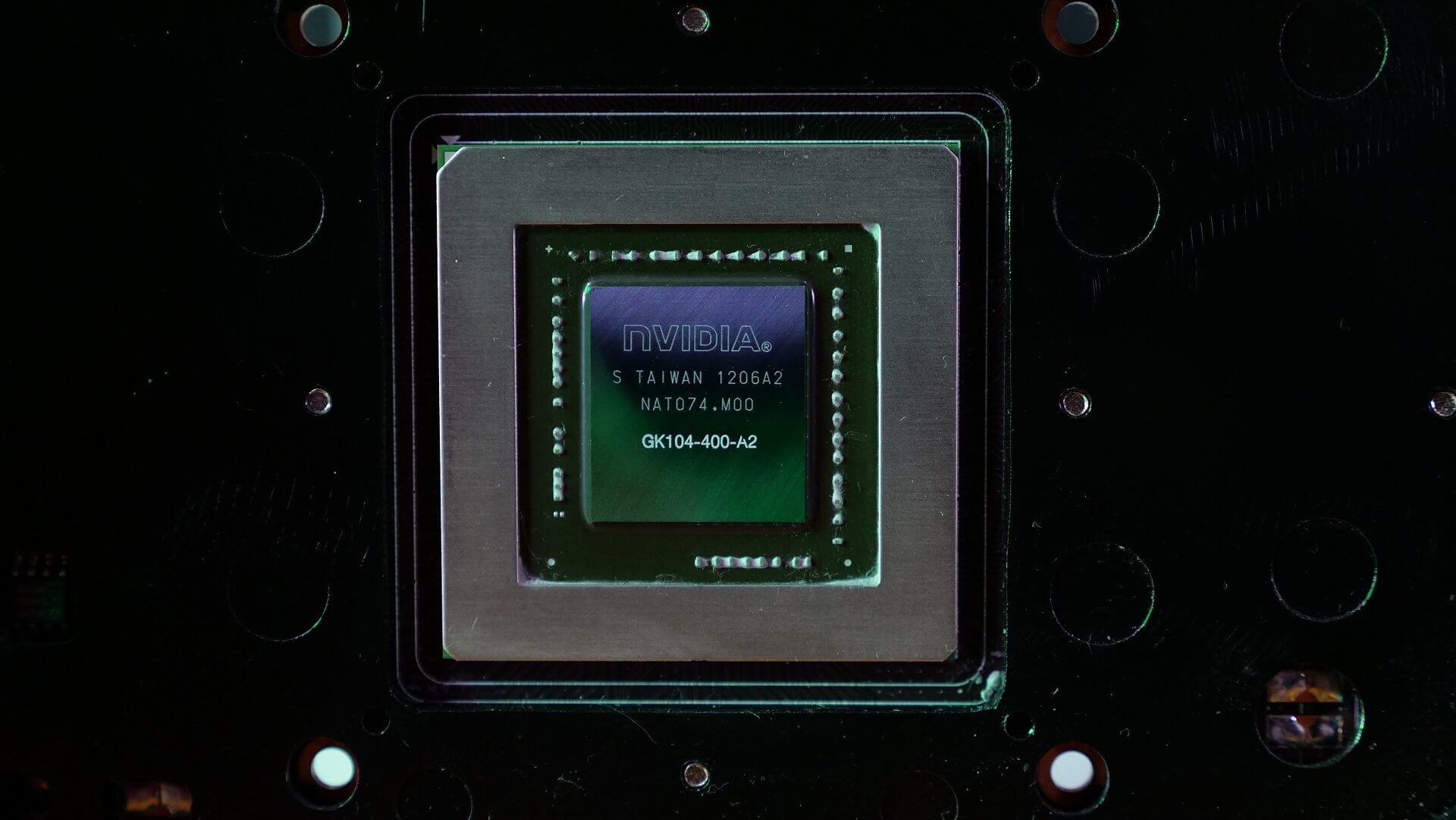
Based on the Kepler architecture, the 680's GPU was codenamed GK104 and marked Nvidia's transition to the 28nm process, a move that allowed for 3.5 billion transistors to be crammed into a tiny 294mm2 die. Nvidia also managed to squeeze in what was at the time a massive 1536 CUDA cores, three times that of the GTX 580. Not only that but the cores were clocked 30% higher and yet overall the GPU consumed less power.
The focus was on efficiency with Kepler and Nvidia basically broke its previous Fermi architecture down to the core and then rebuilt it to improve power consumption and die size. The result was the world's fastest graphics card for gaming, at least when it was first released.
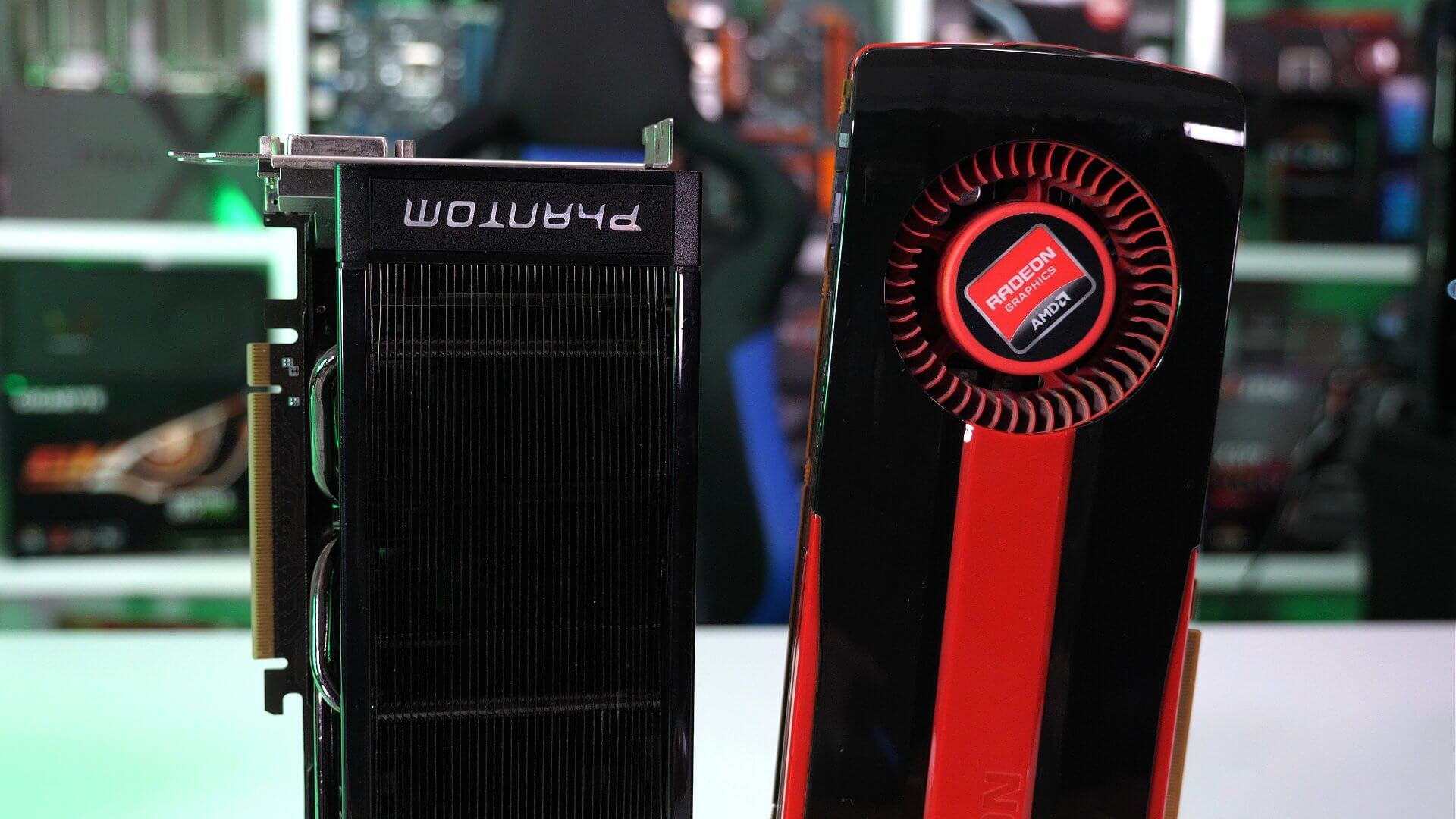
AMD actually beat Nvidia to the punch three months earlier with the HD 7970 – how times have changed in that regard. Although the GTX 680 was 4% cheaper at launch and offered 7% more performance in my tests, it did suffer from poor availability for quite a few months after release, so nothing unusual there.
Back then, AMD did a good job of keeping Nvidia on its toes. The Radeon HD 4000 series spurred a war that saw the GTX 200 series receive numerous price cuts. The HD 5000 series had full run of the market for half a year before GTX 400 cards arrived, and as I said, in 2012 AMD was almost three months ahead with the HD 7970.
Being slightly behind, it was important for Nvidia to come out guns blazing and to an extent that's what the company did. The GTX 680 was without question the fastest single-GPU graphics card money could buy. Not only was it faster than the HD 7970, but it was also more efficient, quieter and cheaper when it first launched. It would be interesting to see how they compare today.
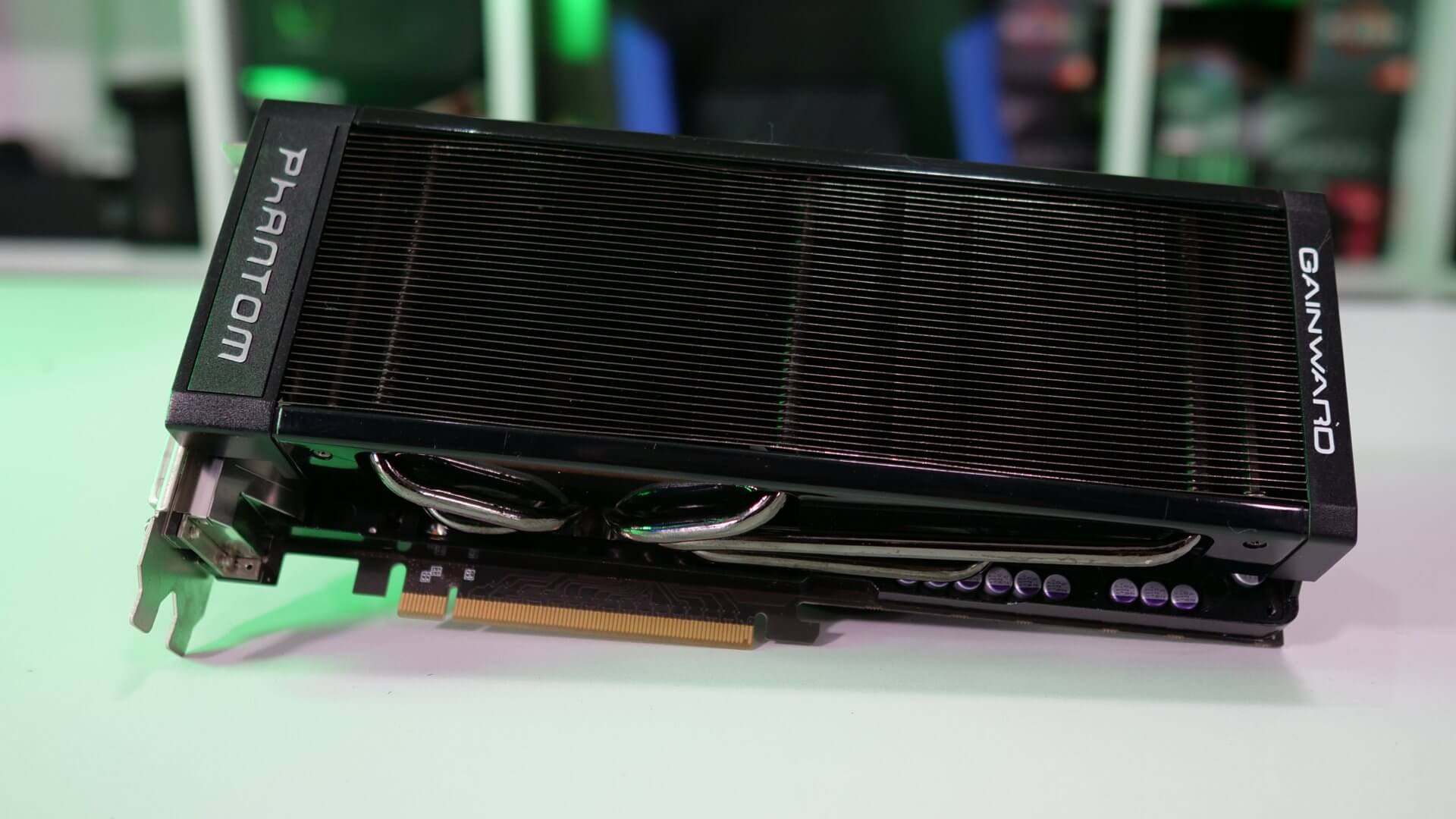
I'm also keen to see how the GTX 680 stacks up against today's GPUs in modern games. Representing Nvidia's vintage GPU is Gainward's Phantom model, sporting the more standard 2GB VRAM buffer. All benchmarking has been conducted on our GPU test rig, which is comprised of a Core i7-8700K clocked at 5GHz and 32GB of DDR4-3200 memory.
Let's see how the GTX 680 stacks up today...
Benchmarks
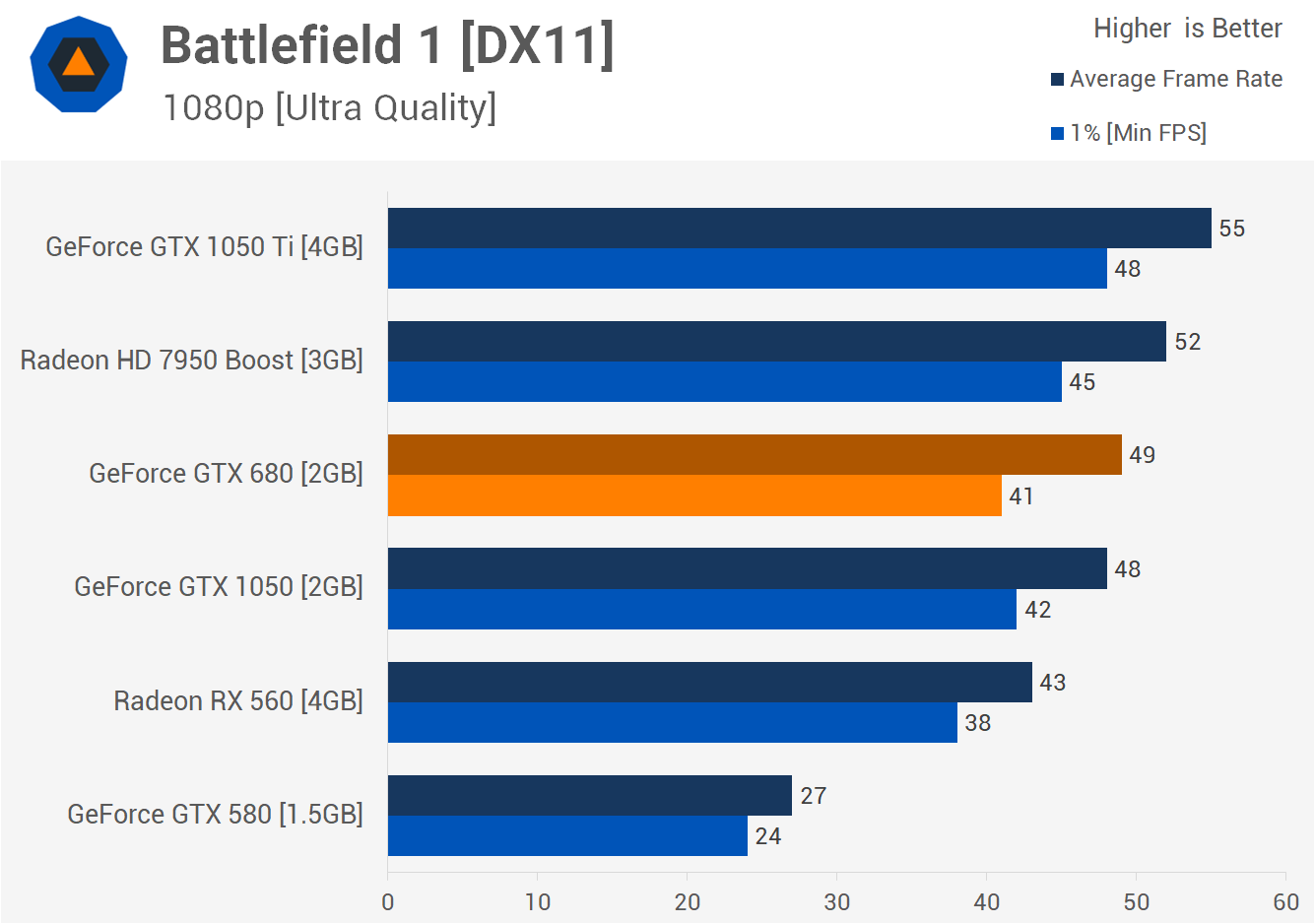
When using the ultra quality preset at 1080p the GTX 680 is actually slower than the Radeon HD 7950, though it was a whopping 81% faster than the GTX 580. No doubt the slightly larger memory buffer is helping to improve things here.

In Dawn of War III the GTX 680 managed to roughly match the HD 7950, and this meant as a result it was once again much faster than the GTX 580. The 1% low result was also respectable and clearly 2GB is the minimum frame buffer size you can get away with in this title when using the medium quality settings, so no real surprises there.

The GTX 680 does extremely well in Dirt 4, taking the top spot on our graph with an impressive 116fps on average when using the medium quality preset, or 12% faster than the HD 7950 and 81% faster than the GTX 580.
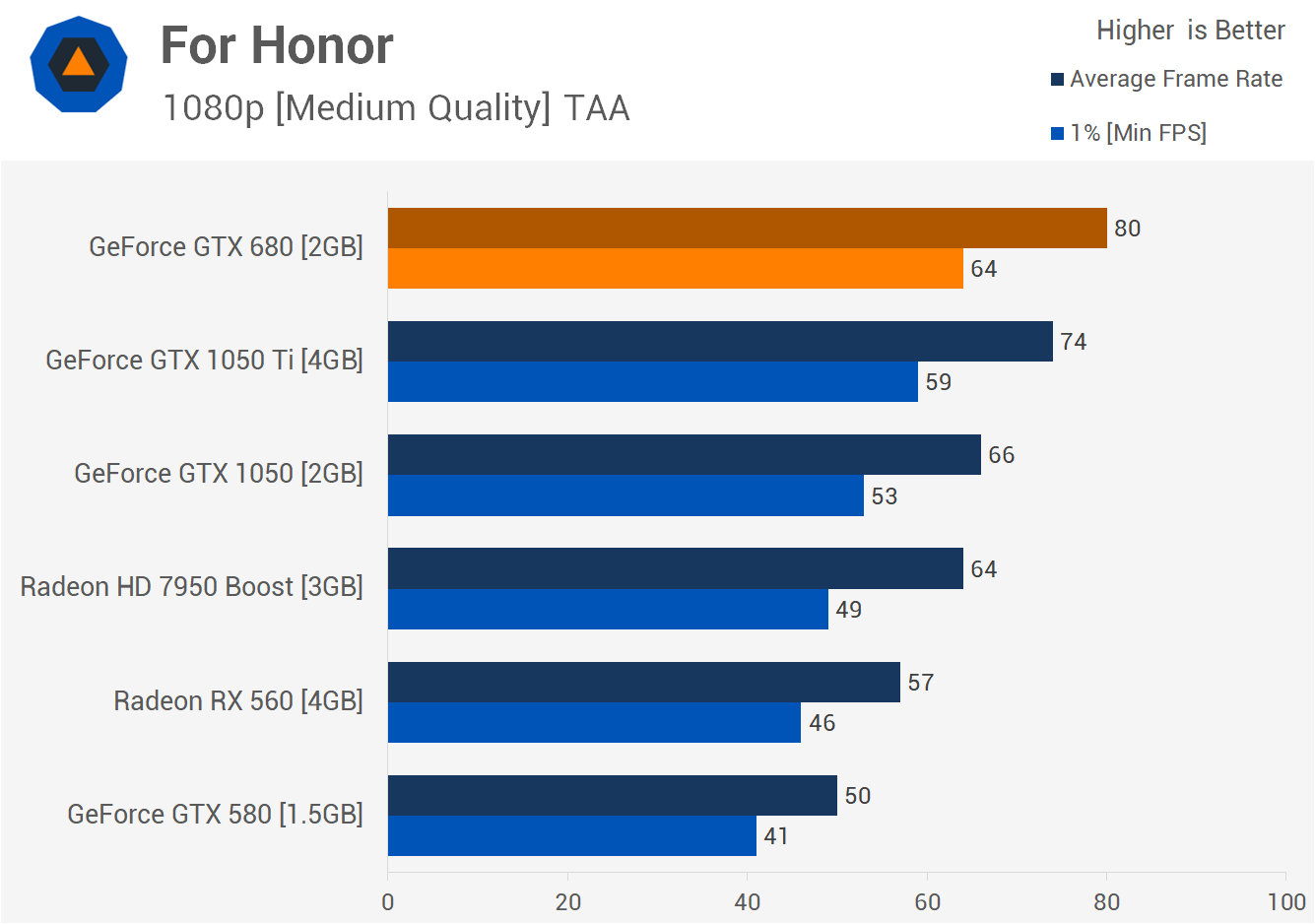
Moving on, For Honor shows strong performance from the GTX 680 as it again takes the top spot being 25% faster than the HD 7950 and 60% faster than the GTX 580.
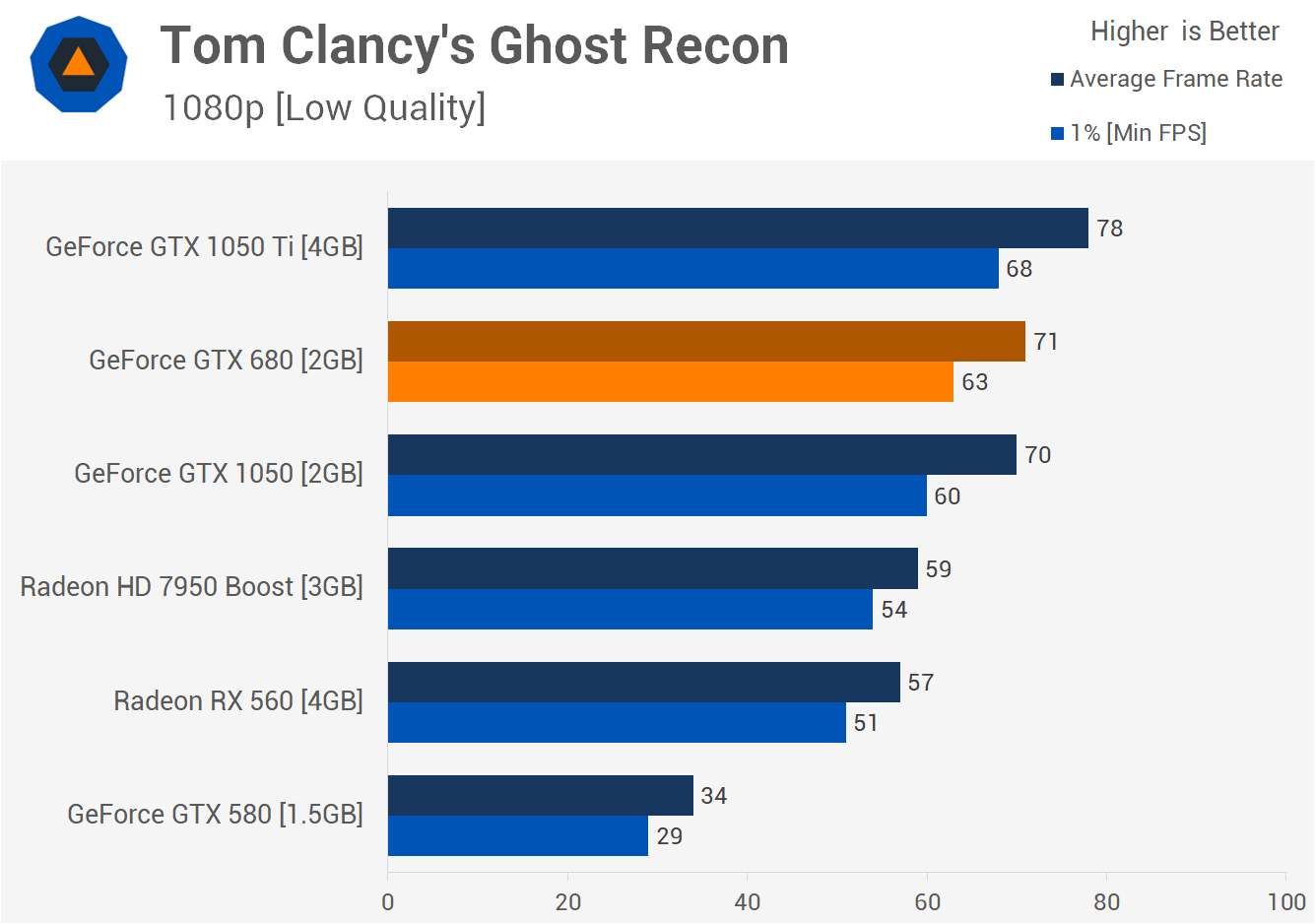
Performance in Ghost Recon Wildlands was decent as the GTX 680 roughly matched the GTX 1050 and was 20% faster than the HD 7950 while being more than twice as fast as the GTX 580. Although we're only using the low quality settings, the game is still very heavy on VRAM usage, almost maxing out the 2GB buffer in our test.
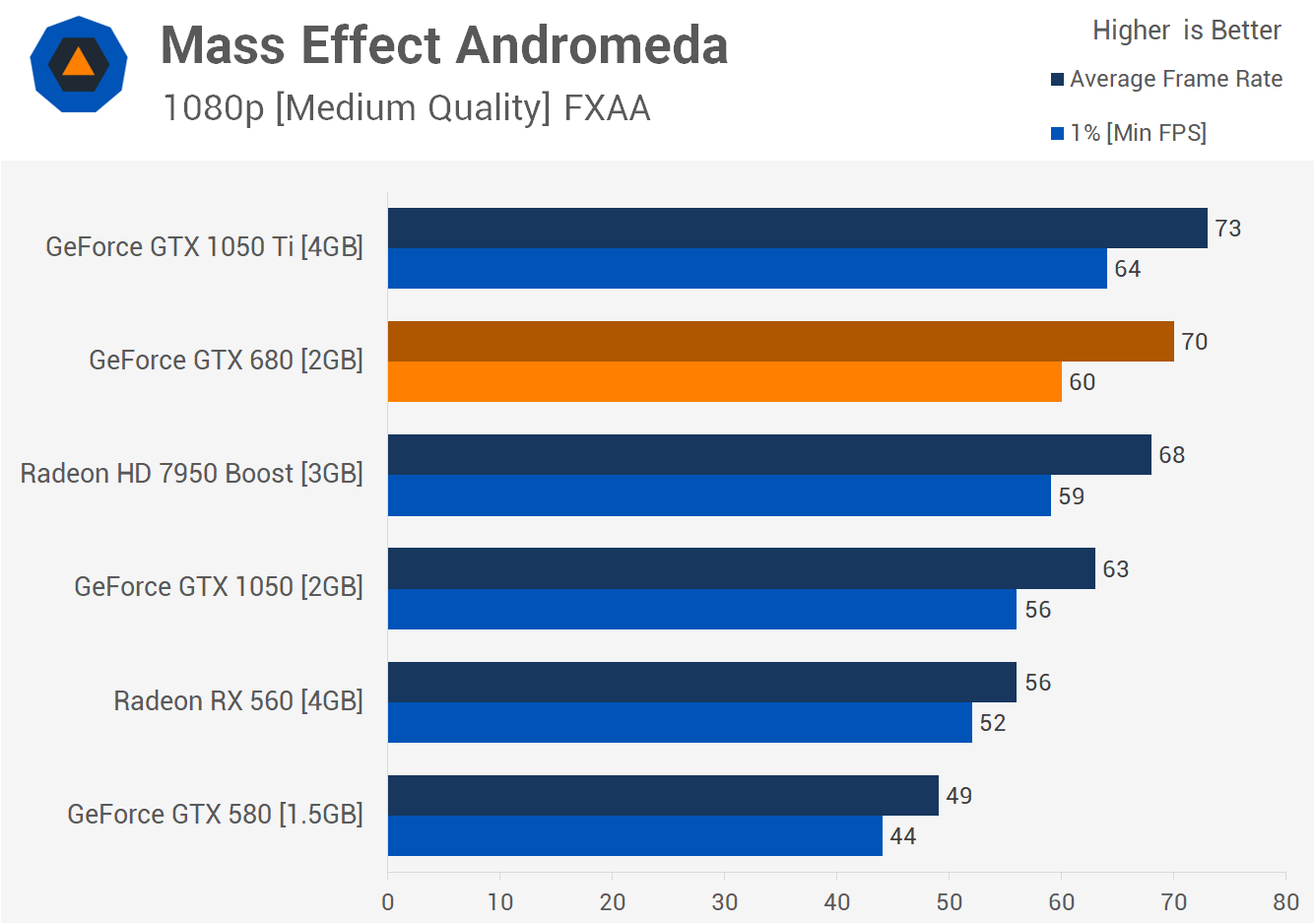
Using the medium quality settings in Mass Effect Andromeda, performance was quite solid as the GTX 680 allowed for an average of 70fps, though it was slower than the GTX 1050 Ti and only slightly faster than the HD 7950.

Moving on to Prey using the high quality preset you really need a 4GB frame buffer in this title and with the GTX 680 almost all of the textures were missing, leaving us with blurry surfaces. Still, overall the performance was good and the game ran smoothly despite the missing textures.
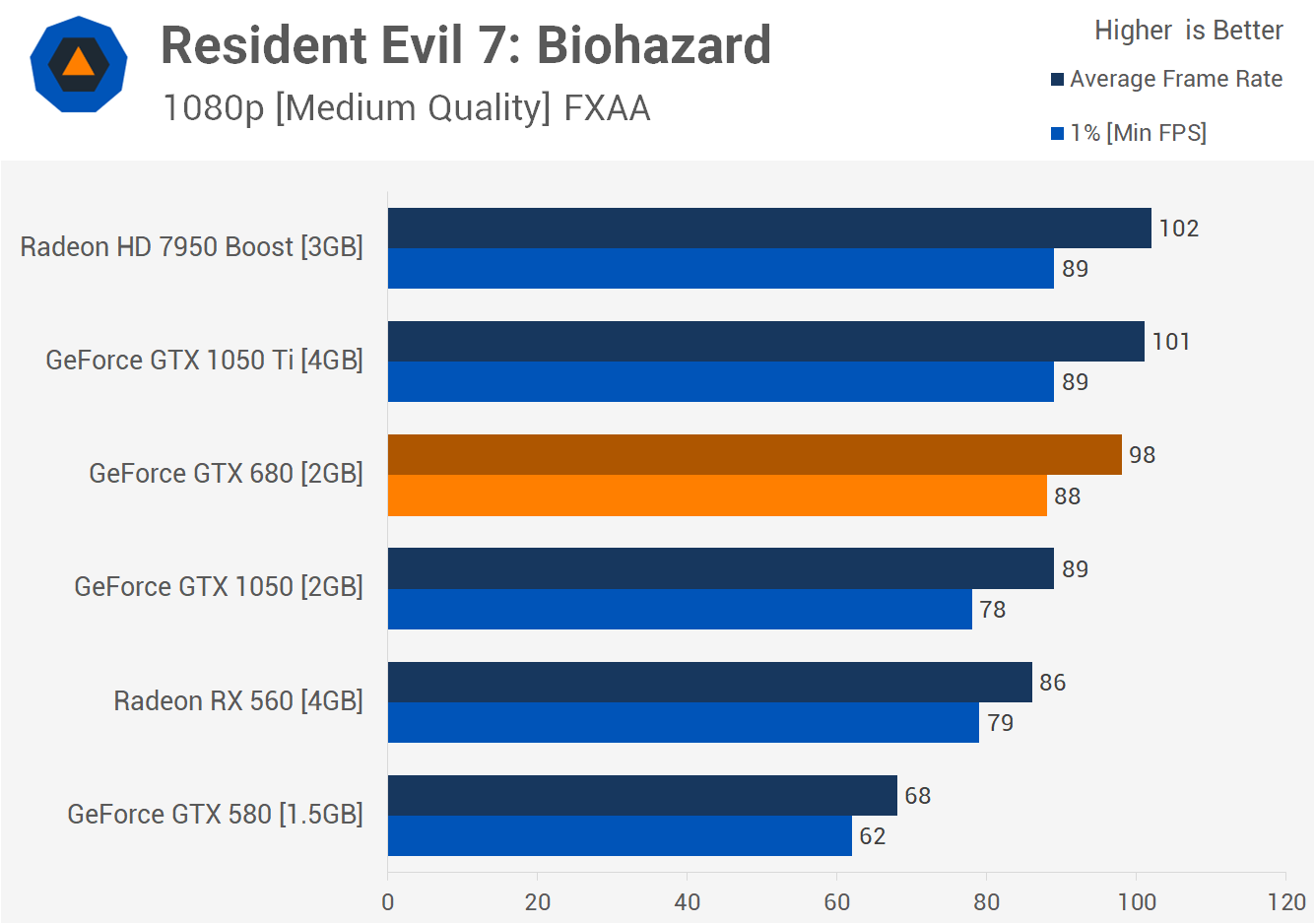
Lastly we have Resident Evil 7's results, in which the GTX 680 landed just behind the GTX 1050 Ti and HD 7950. Using the medium quality preset it managed to average 98fps and was thus 44% faster than the GTX 580. Overall, the GTX 680 seemed to deliver a similar experience to that of the GTX 1050 Ti, but let's take a closer look at that.
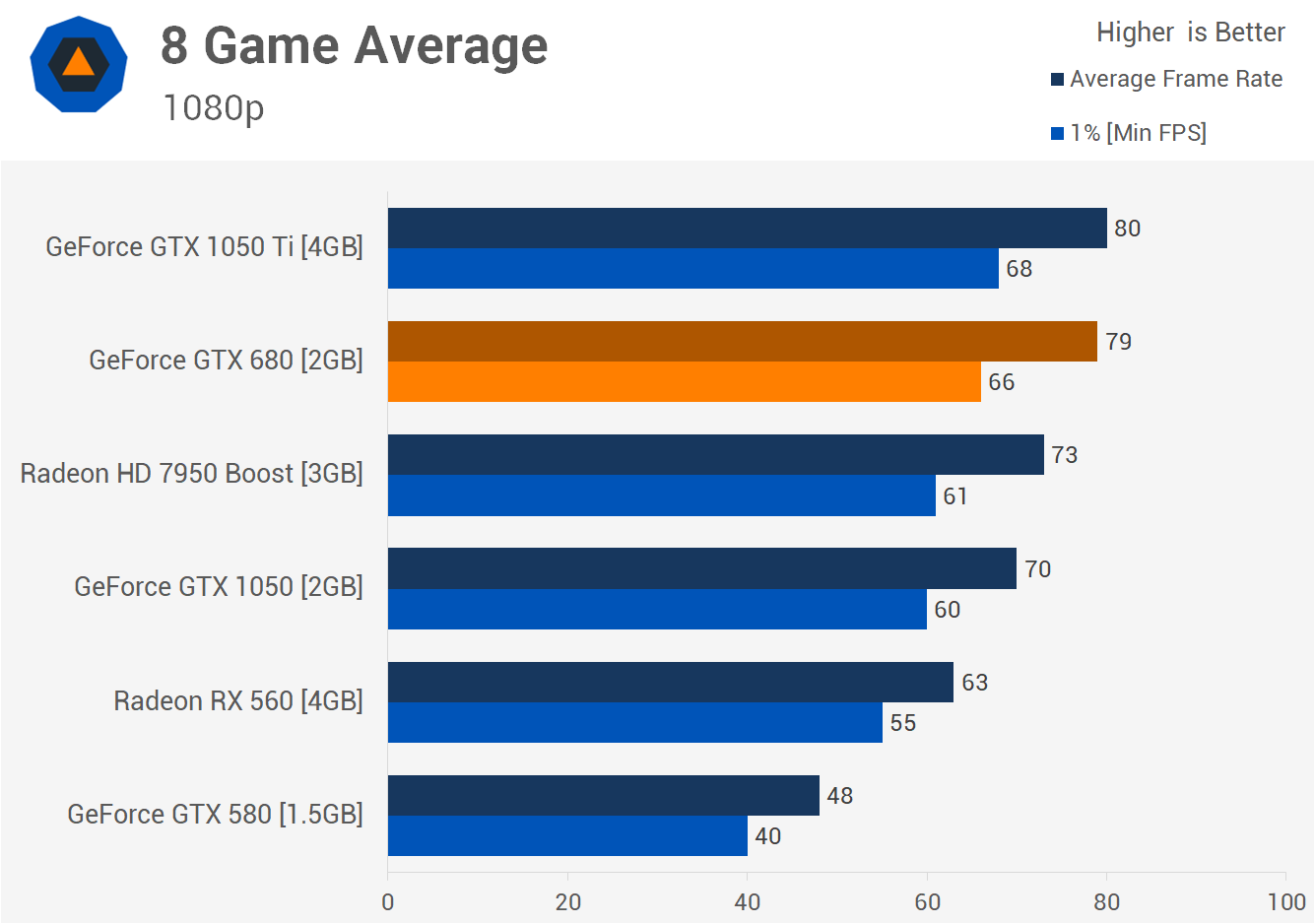
Okay so here is a break down of the eight games we just looked at and on average we can see that the GTX 680 basically matched the GTX 1050 Ti. I'm a little surprised by this because last time I compared them the 1050 Ti came out on top. That said, I only checked out five games at the time and it was a close call then with the GTX 680 only being faster in Battlefield 1.
Before we wrap things up, let's look at some gameplay footage.
Gameplay Footage

First up I played a few rounds of Rainbow Six Siege and found on average that the GTX 680 was good for over 100fps when using the medium quality settings at 1080p. The frame time performance was also excellent, enabling smooth gameplay that allowed even a novice like me to get a few decent shots in. Overall, it was a great experience and you could still have a lot of fun in this title with a GTX 680.

The experience in Battlefield 1 with the medium quality preset was pretty solid. At times the game was smooth and playable over 50fps on average, though at other times there was noticeable frame lag as frame rates dipped into the 40s. The experience was nonetheless quite playable and enjoyable given the conditions.

I found similar results when playing Battlefront II, but the GTX 680 could handle high quality settings here, which looked great and still offered excellent frame rates with an average of just over 60fps.

Fortnite plays well on pretty much anything and when running the game using its high quality preset the GTX 680 averaged just shy of 70fps after 10 minutes of gameplay and remained well above 50fps at all times – the frametime data was also very solid.

Like Fortnite, you can play Overwatch on just about anything and here we see that when playing on ultra quality the GTX 680 allowed for an average of almost 90fps while frame rates stayed above 50fps at all times.
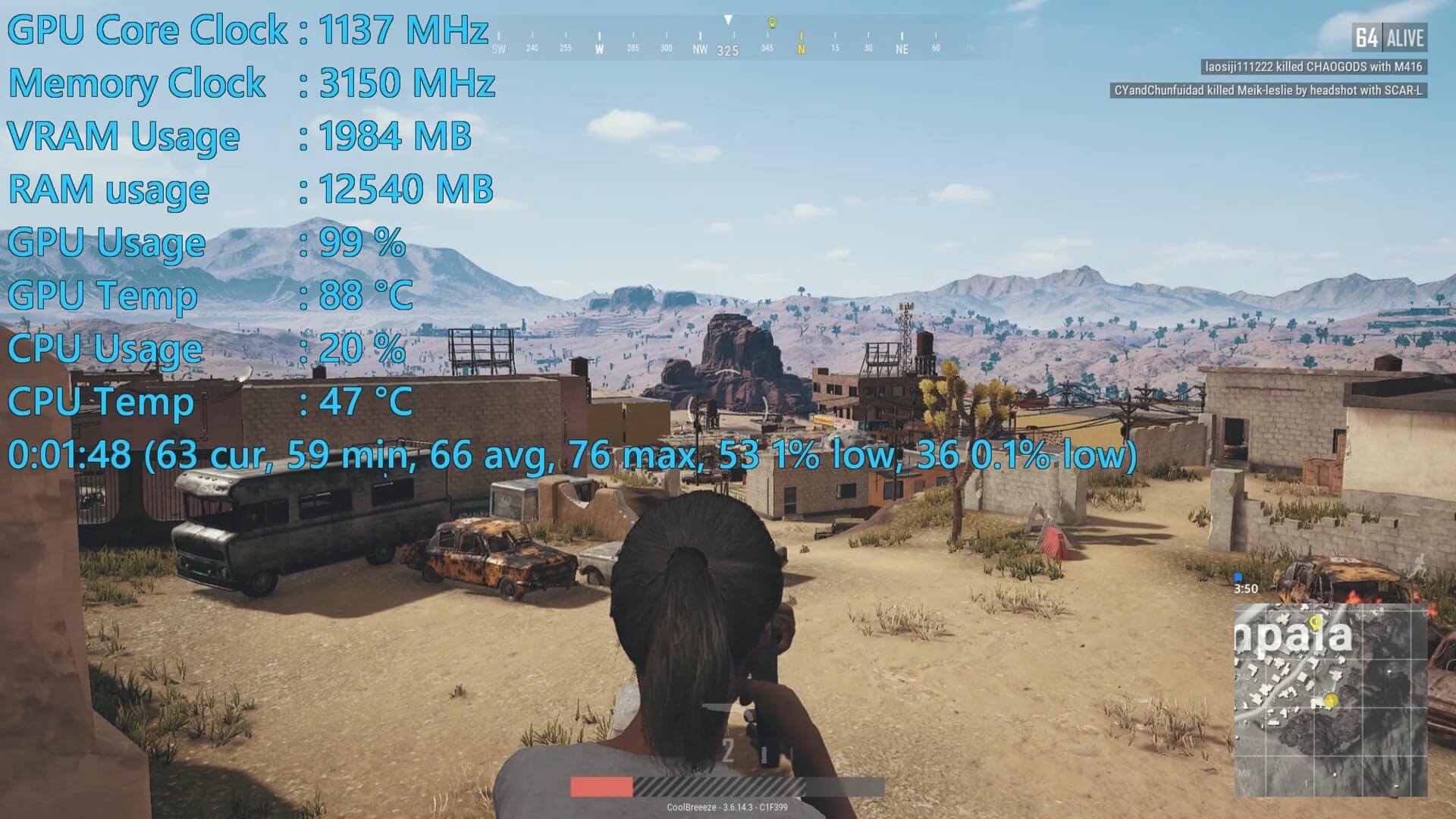
The last game we're looking at is PlayerUnknown's Battlegrounds and it actually ran pretty well. I saw an average of 66fps with a minimum of 59fps using the medium quality settings, which is a smooth and playable experience overall.
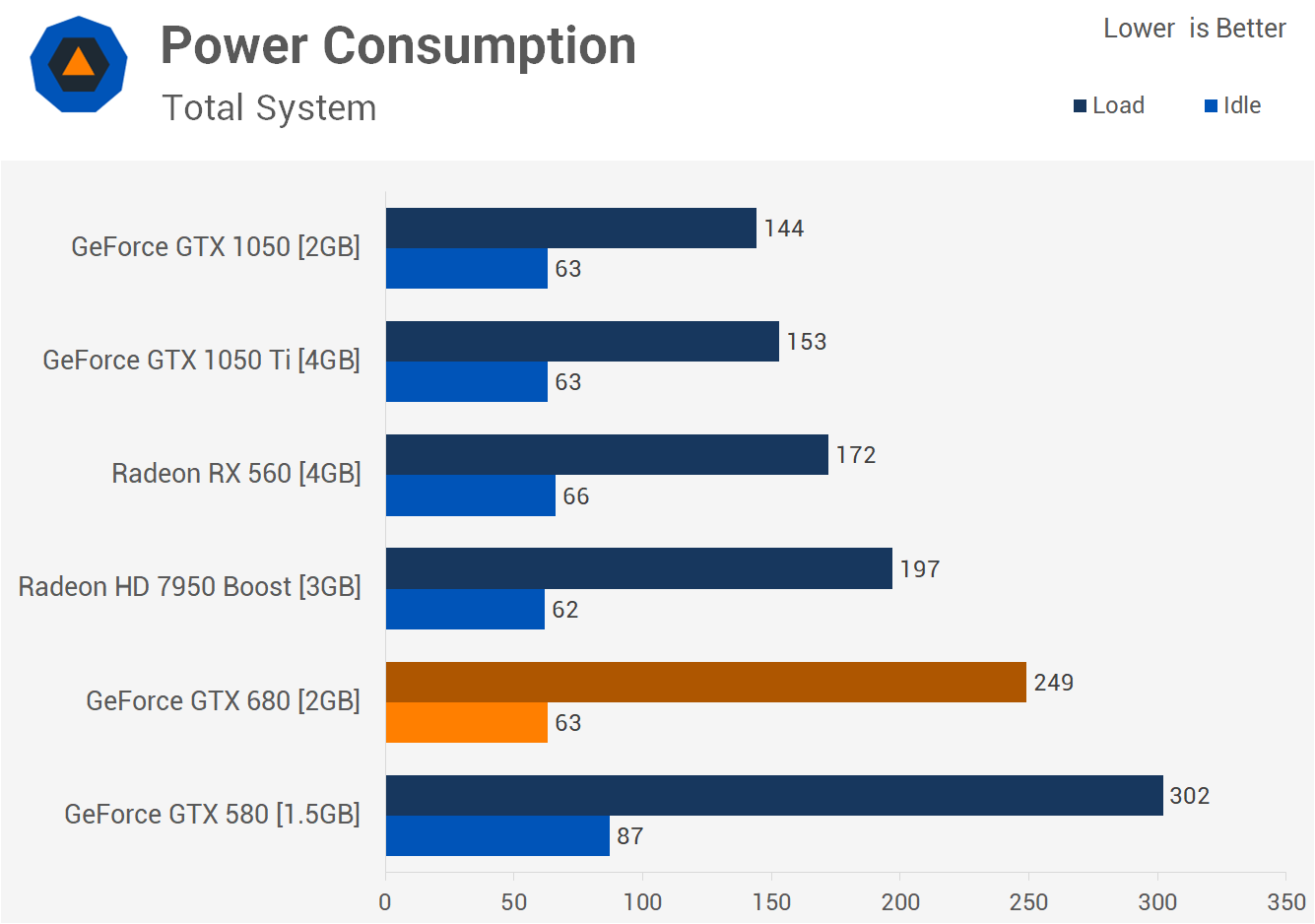
We have some power consumption figures to wrap up our testing. Here the GTX 680 reduced total system consumption by almost 20% compared to the GTX 580, given how much faster it was this is a significant step forward in terms of performance per watt. That said, it still pushed system consumption 26% higher than that of the Radeon HD 7950 and a little over 60% higher compared to the GTX 1050 Ti, so not great by today's standards that's for sure.
Matching today's GTX 1050 Ti
That pretty much covers everything about the performance of this well-aged graphics card, with the exception of overclocking, but those results will vary from card to card. There's also the fact that our factory overclocked test model wasn't behaving when overclocked and I didn't have a heap of time to mess around with it at the moment. As mentioned earlier, I have a 4GB model in the mail so I'll check that out when it arrives and see if it's willing to play ball.
In terms of extra performance, you can probably expect anywhere from 5 to 15% more frames depending on how well the card overclocks. For those of you not interested in overclocking, the good news is that a typical factory overclocked model like the Gainward version I used should match a factory overclocked GTX 1050 Ti in most titles.

As you saw (if you didn't skip the benchmarks), the GTX 680 was just a single frame slower on average and two frames for the 1% low result. It was also 8% faster than the HD 7950 and 13% faster than the vanilla GTX 1050, and it blitzed the older GTX 580 by a mammoth 65% margin. The GTX 580's 1536MB frame buffer is just too limited for many of today's titles and we're even seeing issues with 2GB now.
Seeing 1050 Ti-like performance from the GTX 680 is certainly acceptable and should handle modern games at 1080p using respectable quality settings. For those poor souls who have forgotten how much the GTX 1050 Ti should cost, I went and looked it up: $139 is the MSRP, which doesn't sound right but it is. However, you'd be doing quite well if you were to get one for $220 today.

Can you save some money and get the GTX 680 second-hand instead? Yes, if you're lucky. At eBay, we see that so far this month the cheapest GTX 680 sale ended at just over $100 and the average selling price of the 16 cards sold so far is $160.
You'd probably want to do better than $160 as that's only a 27% savings on a second-hand graphics card. I'd aim for around $120 as a limit on buying a used GTX 680 and if you can get a 4GB model, well obviously do so. You're chances of snagging a GTX 680 today for less than $100 is basically zero though, so set realistic expectations.
Shopping shortcuts:
- GeForce GTX 680 on Amazon, eBay
- GeForce GTX 1050 Ti on Amazon, Newegg
Besides simply being old (and used if you go that route), remember that the GTX 680 also chugs a lot of power. The GTX 1050 Ti by comparison runs much cooler, quieter and it won't ravage your power supply like an FX-9590 trying to keep up with one of AMD's new APUs. The smaller VRAM buffer might also be an issue at times unless you manage to get your hands on a 4GB GTX 680, which also isn't going to be easy.